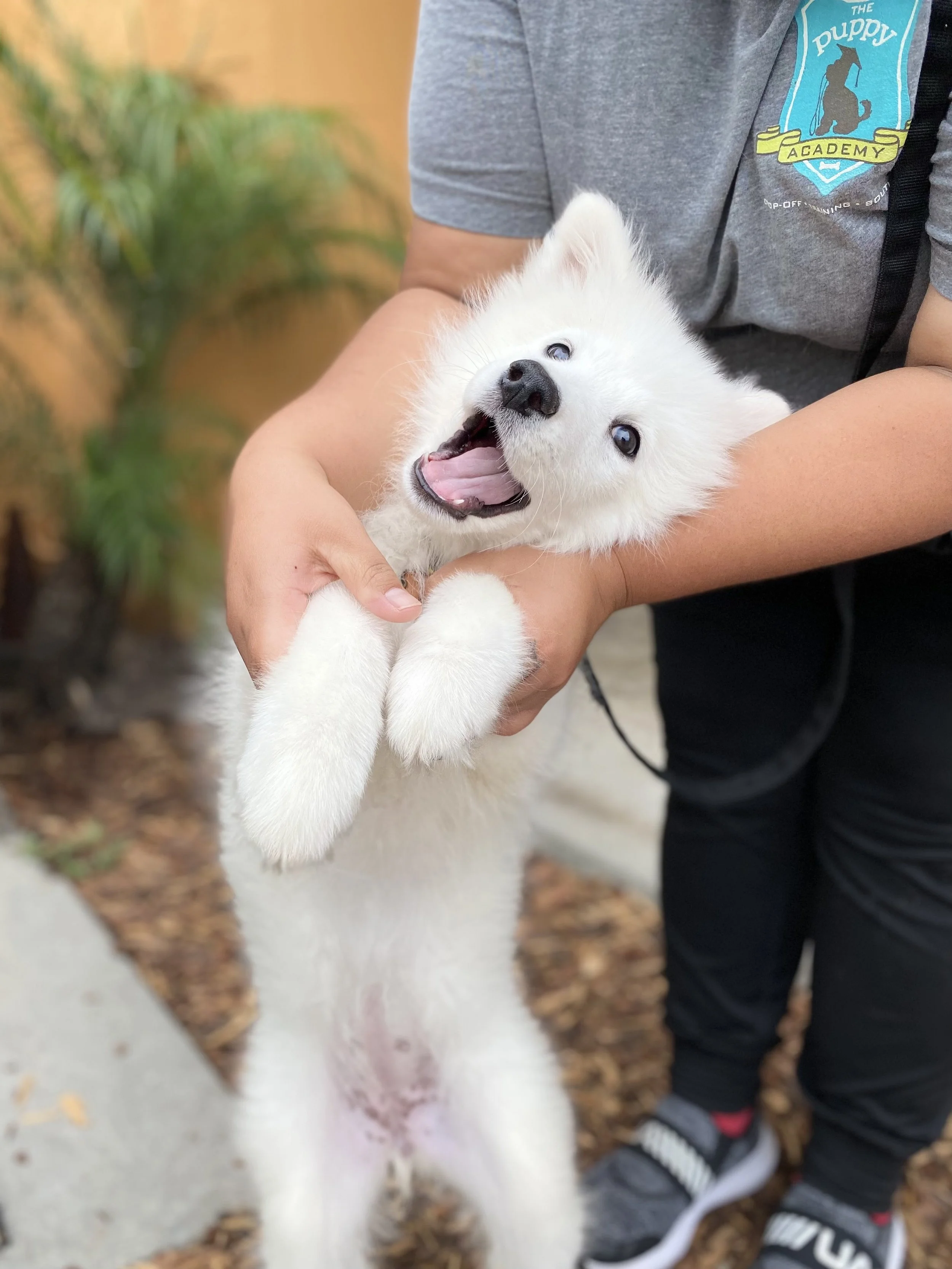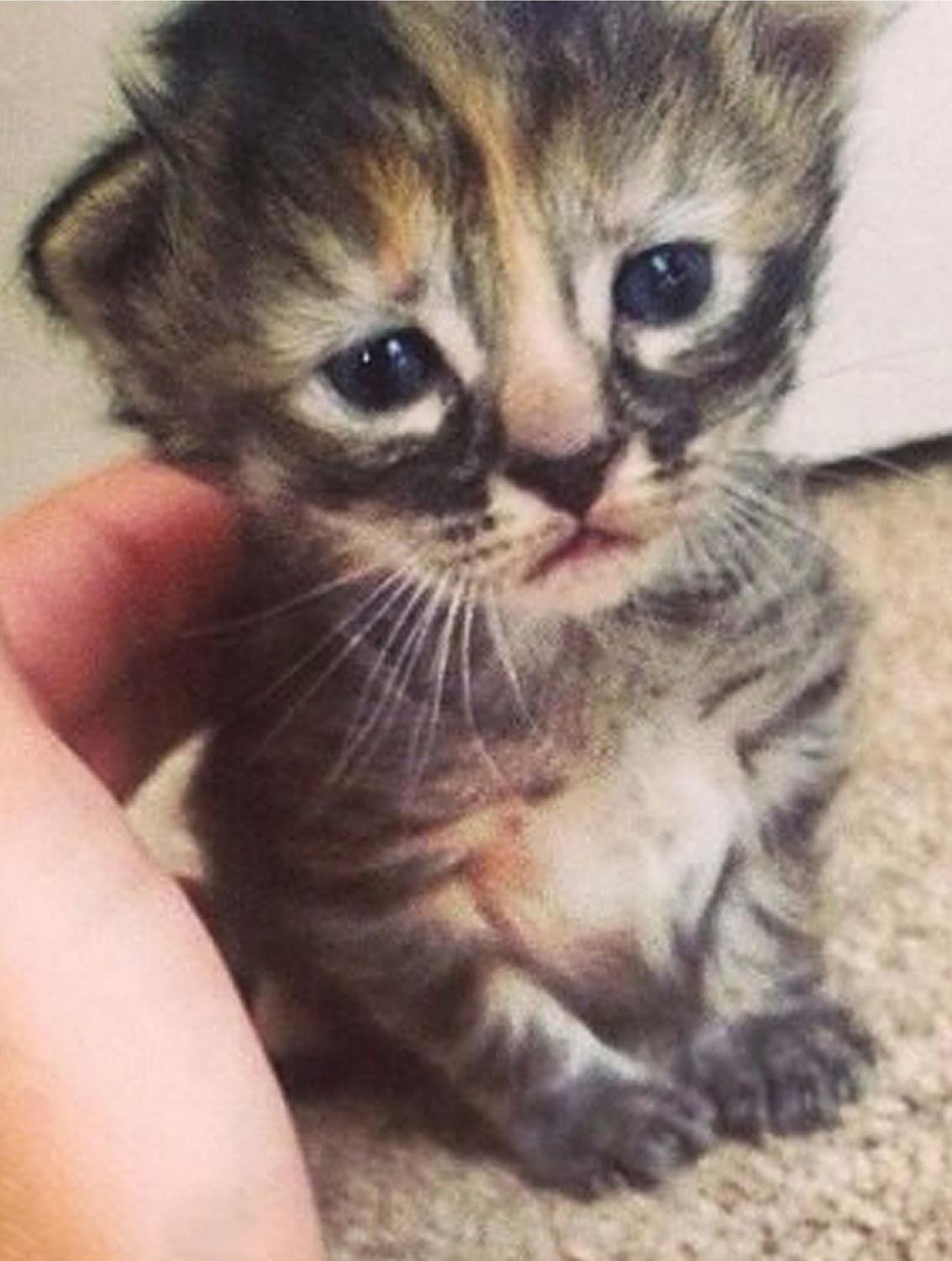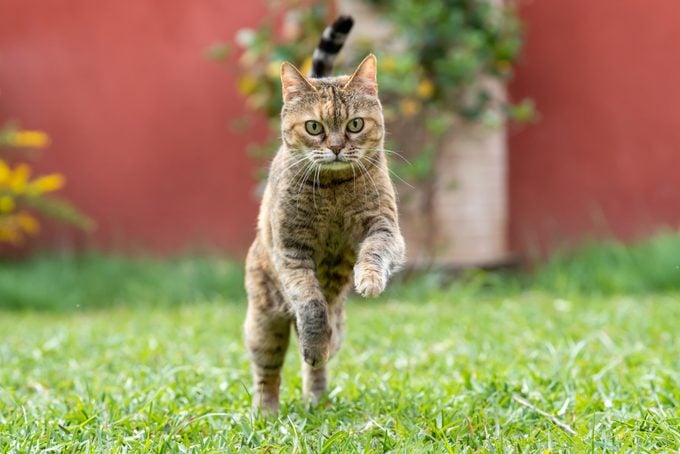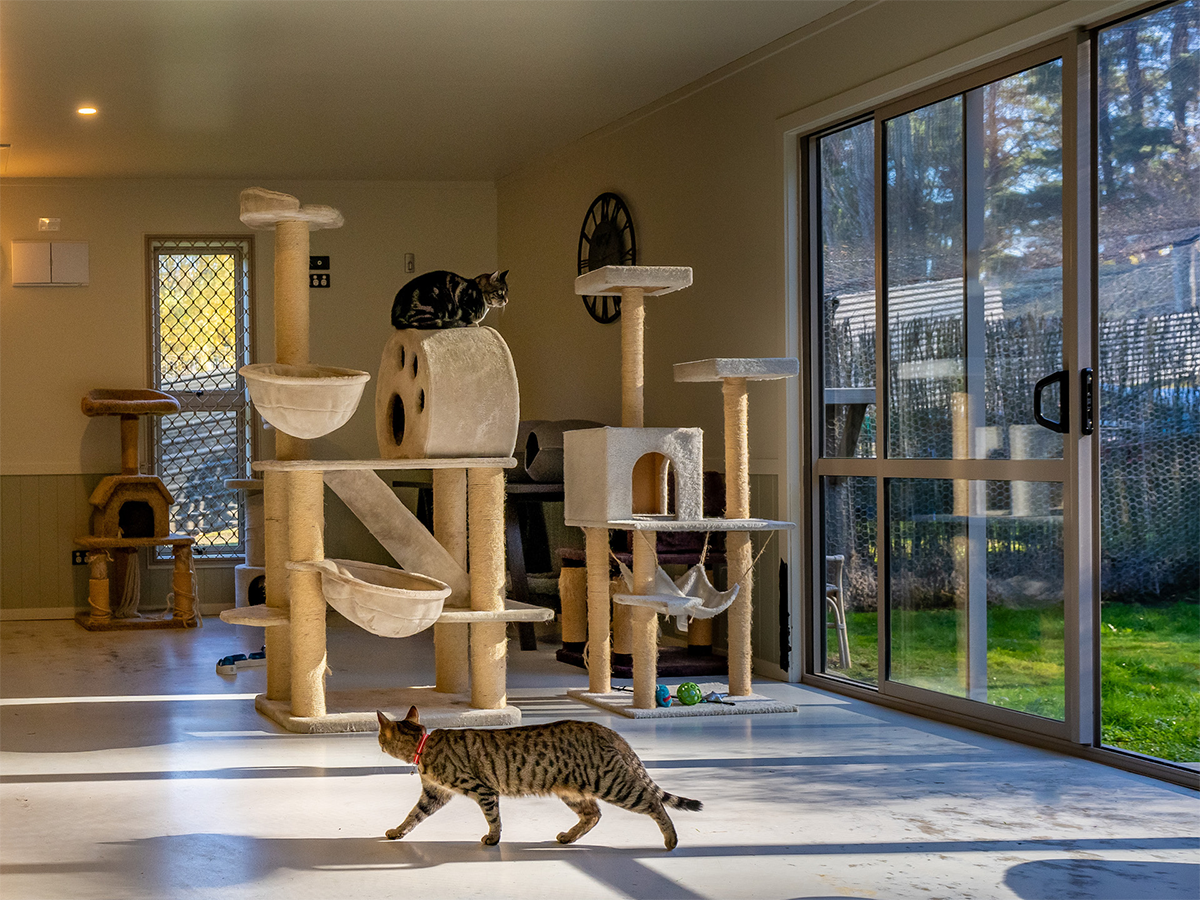

How Cats Show Love to Humans: Decoding Feline Affection
Understanding the Subtle Language of Cat-Human Bonds
While cats are often perceived as aloof, they have a rich repertoire of affectionate behaviors rooted in evolutionary biology and social communication. Let's explore their love language through 10 key behaviors validated by veterinary science:
1. Head Bunting & Cheek Rubbing
When your cat presses its head against you or rubs cheeks on your legs, it's doing more than showing affection. Cats have scent glands concentrated in their cheeks (temporal glands) and head (perioral glands). This behavior:
- Marks you as "family" through mingling scents (allorubbing)
- Creates a communal scent profile for colony identification
- Releases pheromones like F4 (facial fraction 4) associated with bonding
"This is cats' way of claiming you as safe territory," explains Dr. Sam Taylor, feline medicine specialist.
2. The Purr Symphony
Contrary to popular belief, purring (25-150Hz vibrations) serves multiple functions:
- Contentment purrs during petting sessions (linked to endorphin release)
- Healing purrs at 25-50Hz frequencies that promote bone/tissue regeneration
- Stress-relief purrs in anxious situations (veterinary visits, illness)
Pro Tip: Combine purrs with "air kneading" (paws flexing without contact) for ultimate trust signals.
3. Slow Blink Conversations
Dubbed "cat kisses," slow blinking is:
- A peace gesture in cat communication (direct stare = threat)
- Oxytocin-mediated behavior similar to human-parent bonding
- Reciprocal bonding tool: Humans can initiate by slowly closing eyes
"This is their version of a hug - vulnerable yet intimate," says cat behaviorist Anita Kelsey.
4. Tail Semaphore
A cat's tail position reveals emotional states:
- Vertical "flagpole" tail: Friendly greeting
- Tail-wrap: Equivalent to holding hands (common in cat colonies)
- Quivering tip: Excited affection, often during reunions
5. Gift-Giving Rituals
Though unsettling to humans, prey presents demonstrate:
- Nurturing instinct: Mother cats teach kittens through food sharing
- Social ranking: Offering food to higher-status colony members
- Hunting mentorship: "Helping" inept human hunters practice
6. Kneading Behavior
This "making biscuits" action originates from kittenhood:
- Nursing association: Stimulates milk flow via paw pressure
- Comfort ritual: Releases endorphins in adults
- Territory marking: Interdigital glands leave scent traces
7. Belly Exposure Paradox
While a exposed belly signals trust, it's NOT an invitation for petting:
- Vulnerability display: Reserved for safest companions
- Play invitation: Often precedes mock hunting sequences
- Temperature regulation: Cooler surface contact during cuddling
8. Synchronized Routines
Affectionate cats often:
- Follow bathroom escorts: Guarding during vulnerable moments
- Mirror sleep cycles: Adjust rest patterns to match owners
- Greet at doors: Separation anxiety studies show cats form secure attachments
9. Allogrooming Gestures
When your cat licks your hair or skin:
- Social grooming: Colony bonding behavior
- Scent reinforcement: Spreads familiar saliva markers
- Stress reduction: Mutual grooming lowers cortisol levels
10. Vocalization Variations
Beyond standard meows, loving cats use:
- Trills/chirps: High-pitched "brrrrt" sounds for greetings
- Silent meows: Mouth movement without sound (ultrasonic?)
- Purr-meow hybrids: "Solicitation purrs" blending need and affection
Why Human Affection Sometimes Misses the Mark
Common human gestures like hugging/kissing can overwhelm cats due to:
- Sensory overload: Cats have 200 million odor receptors vs. humans' 5 million
- Tactile sensitivity: Fur contains 130-200 nerve endings/cm²
- Evolutionary mismatch: Cats prefer chin scratches (mutual grooming spots) over head pats
Building Mutual Understanding
Veterinarians recommend these science-backed bonding strategies:
- Respect the "cat handshake" - Offer fingers for sniffing before petting
- Create scent soothers - Exchange bedding before separations
- Use "love blinks" - Slow blink exchanges boost mutual trust
- Schedule play-hunt-feed cycles - Mimic natural predation patterns
Expert-Cited References
- Dr. Sam Taylor (Veterinarian, Feline Medicine Specialist)
- Anita Kelsey (Cat Behaviorist, MA in Feline Psychology)
- University of Lincoln Study (2022) on cat-human attachment
- Journal of Feline Medicine (2019) on pheromone communication
By understanding these biological and behavioral nuances, we can better appreciate our cats' unique expressions of devotion while respecting their communication style. Remember - in feline relationships, consent and reciprocity build the strongest bonds.








